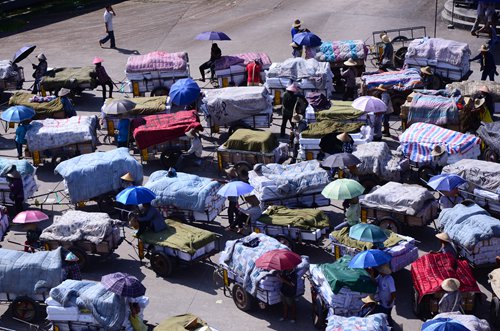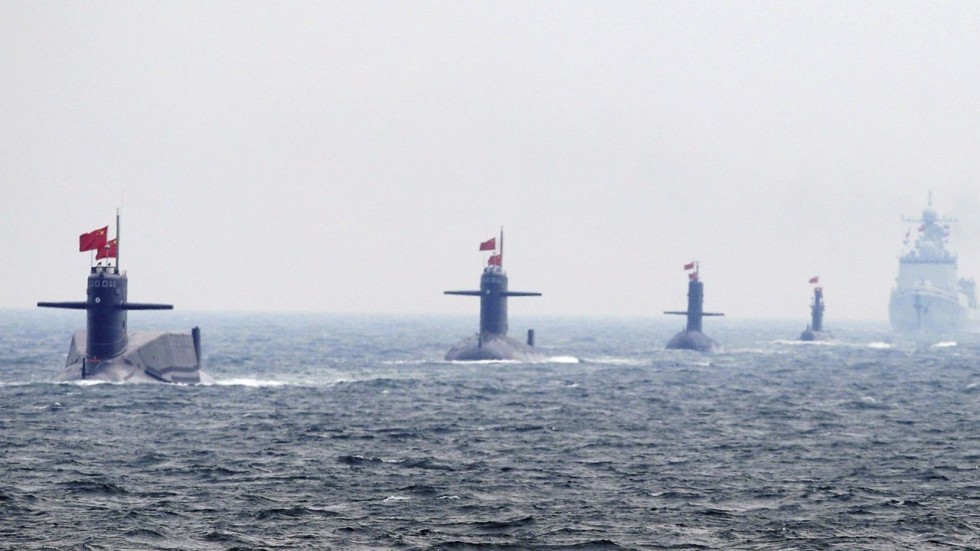Jura The idiot
General
Yesterday at 9:27 PM
China Chides U.S. Over Latest South China Sea Freedom of Navigation Operation
and USNI NewsToday at 5:05 PM
now
China lodges representations with U.S. over destroyer's trespass on territorial waters
Xinhua| 2017-10-11 19:07:57
China Chides U.S. Over Latest South China Sea Freedom of Navigation Operation
source:Beijing officials issued a public complaint on Wednesday over a U.S. freedom of navigation operation in which a U.S. destroyer challenged excessive Chinese territorial claims in the South China Sea.
The transit of USS Chafee (DDG-90) violated Chinese territorial sovereignty by entering a claimed territorial sea without prior notification, Ministry of Foreign Affairs spokeswoman Hua Chunying said during a press briefing.
“On Oct. 10, the missile destroyer USS Chafee entered China’s territorial sea off the Xisha [Paracel] Islands to carry out a so-called ‘freedom of navigation’ operation without China’s approval. The Chinese side immediately sent naval ships and fighter planes to identify and verify the U.S. warship according to law and warn and expel it,” she said.
“The relevant behavior of the U.S. warship has violated the Chinese law and relevant international law, severely undermined China’s sovereignty and security interests, put in jeopardy the life safety of the frontline personnel from both sides. China is firmly opposed to this and has lodged serious representation with the U.S. side.”
Two U.S. officials confirmed the basic details of the operation and said the interaction between the People’s Liberation Army forces during the operation were “safe and professional.” The destroyer did not come within internationally recognized 12 nautical mile territorial sea of any islands in the Paracel chain but did cross a disputed Chinese territorial line around the entire island chain. The strait baseline around the island chain has been claimed by China since the 1990s and Beijing requires warships to ask permission before operating in the chain, a stance that doesn’t line up with international maritime law.
The freedom of navigation operation and is the latest under a new schedule the Office of the Secretary of Defense and U.S. Pacific Command gave to the Trump White House earlier this year.
A Pentagon spokesman told USNI News on Wednesday that the Department of Defense would not discuss freedom of navigation operations ahead of the release of an annual report of the all of the operations around the world.
with pressure from the Senate – specifically from Senate Armed Services Committee chairman Sen. John McCain (R-Ariz.).



